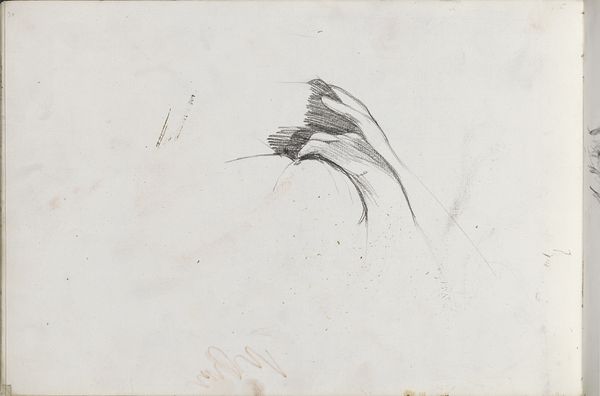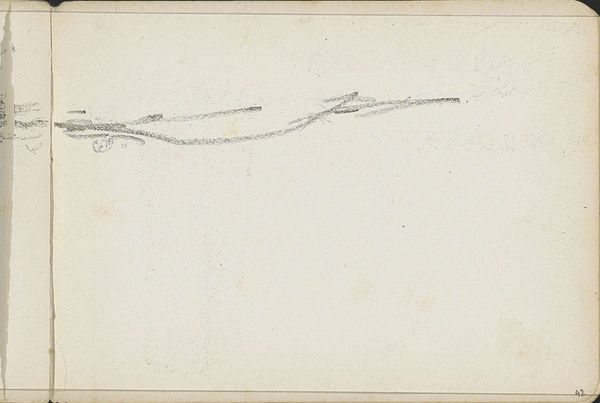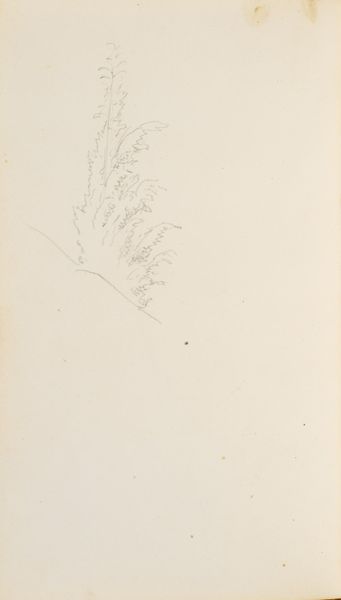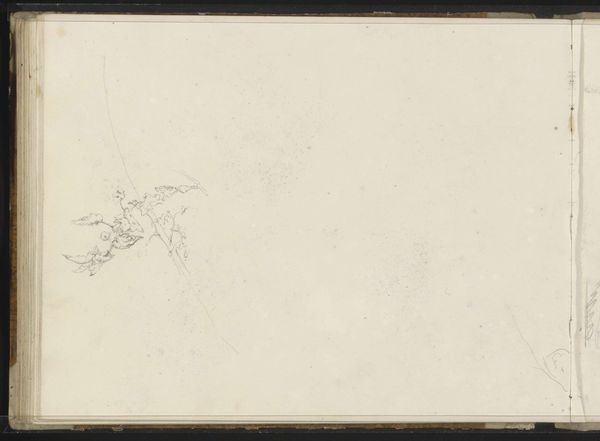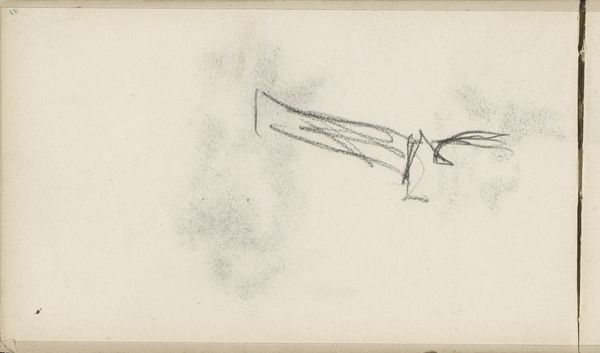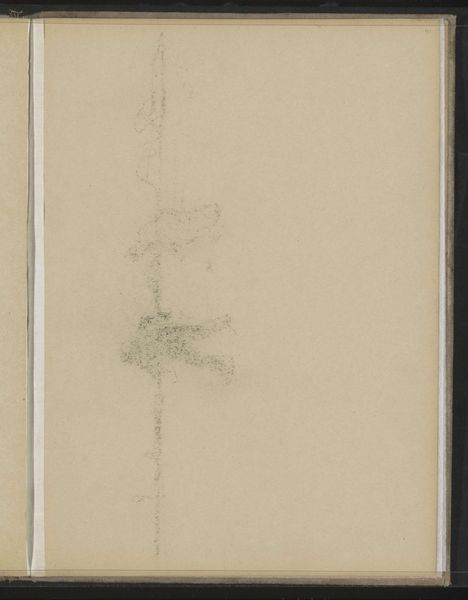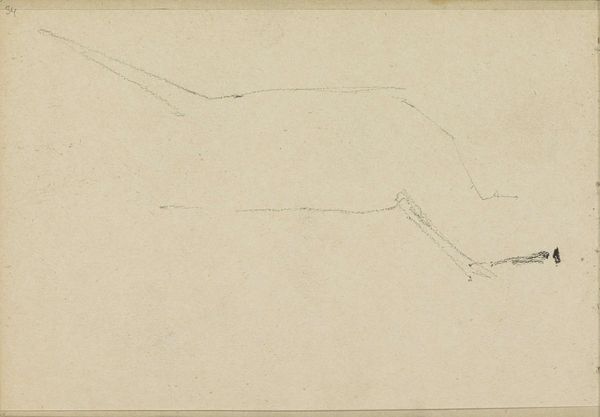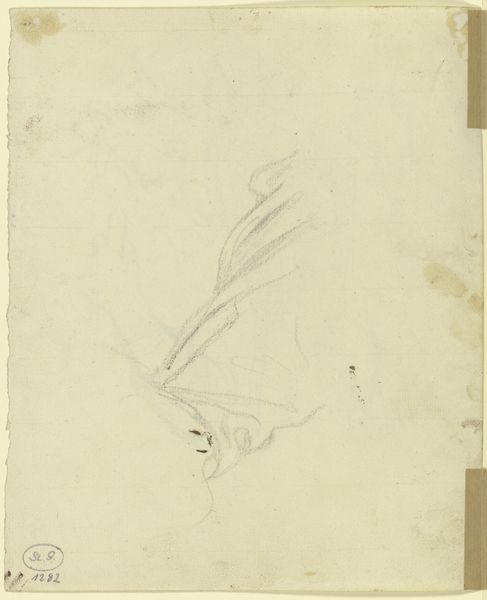
drawing, paper, pencil
#
drawing
#
pencil sketch
#
etching
#
figuration
#
paper
#
geometric
#
pencil
#
line
#
pencil work
#
naturalism
#
realism
Dimensions: height 266 mm, width 292 mm
Copyright: Rijks Museum: Open Domain
Curator: Here we have "Vogelpoot", a drawing by Theo van Hoytema, created sometime between 1873 and 1917. It's currently held here at the Rijksmuseum. Editor: Stark. The composition is very direct; a grey ground almost dissolving into nothing, against which this anatomical drawing hangs suspended. I'm immediately drawn to the fine details within those geometric lines. Curator: Indeed. It's executed in pencil on paper and there's an undeniable precision to it, even given its rather clinical subject matter. The artist employs a naturalistic and realistic style, carefully detailing every tendon, scale, and claw. How might you interpret the choice of subject and medium here? Editor: To understand the pencil on paper, we must consider the accessibility and function of this drawing technique, its relationship to the production processes within naturalism and realism, which serve to document and depict the visible world accurately. It evokes thoughts about artistic labour in that time. Curator: Van Hoytema was fascinated with birds. Notice the strong lines; see how they delineate form, building up structure through a series of calculated strokes. The composition directs your eye around a complex matrix of lines. Do you find any emotive qualities in a subject presented in this style? Editor: Well, beyond the evident realism, there is a detachment from life. It is a partial, almost scientific recording; the process suggests perhaps dissection or anatomical study. Pencil is a direct medium; the artist confronts their subject. Curator: An intriguing notion. It does speak to the meticulous observation integral to both art and science during the period. It's interesting how the objective reality and tangible substance, that can at once be beautifully articulated by such simple materials as pencil and paper. Editor: Absolutely, and thinking about production, the very choice of drawing offers something quite distinctive. A very direct connection between eye, mind, hand and then onto paper; an immediacy with that material which gives its presence force. Curator: Ultimately, Hoytema’s choice transforms what could be seen as grotesque into something strangely beautiful through skillful control of line and form. Editor: For me, it underlines how art's value often resides within simple interactions, human touch informing what something means at its core through mark-making.
Comments
No comments
Be the first to comment and join the conversation on the ultimate creative platform.

